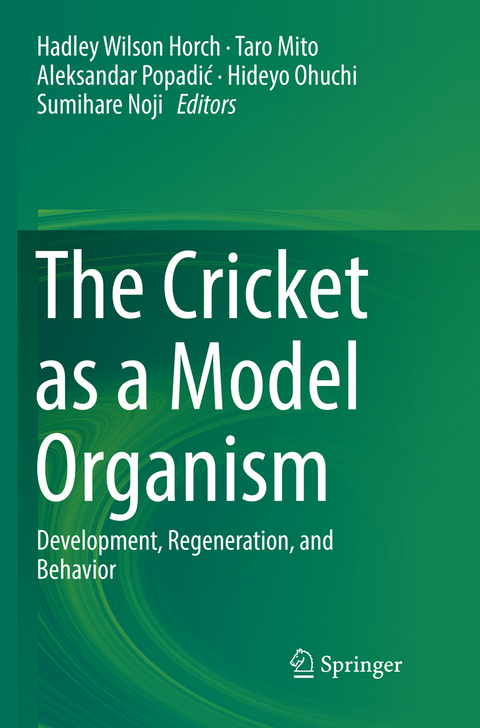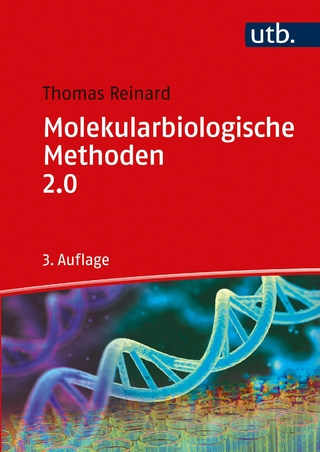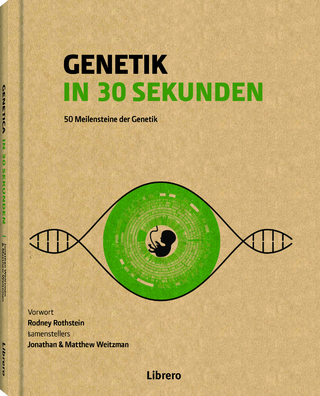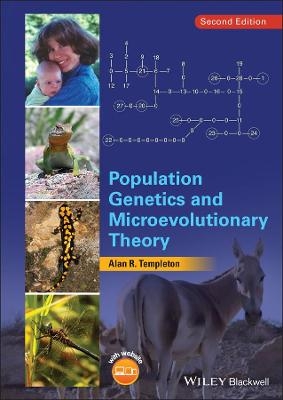
The Cricket as a Model Organism
Springer Verlag, Japan
978-4-431-56798-1 (ISBN)
Hadley Wilson Horch Affiliation: Bowdoin College Address: 6500 College Station, Brunswick, ME 04011, USA Taro Mito Affiliation: Tokushima University Address: 2-1 Minami-jyosanjima-cho, Tokushima City 770-8506, Japan Aleksandar Popadić Affiliation: Wayne State University Address: Biological Sciences Department, Detroit, MI 48202, USA Hideyo Ohuchi Affiliation: Okayama University, Department of Cytology and Histology Okayama University Graduate School of Medicine, Dentistry and Pharmaceutical Sciences Address: 2-5-1 Shikata-cho, Kita-ku, Okayama City 700-8558, Japan Sumihare Noji Affiliation: Tokushima University Address: 2-14 Shinkura-cho, Tokushiam City 770-8501, Japan
Preface.- Part I Development and Regeneration.- 1 History of cricket biology.- 2 Early development and diversity of Gryllus appendages.- 3 Leg formation and regeneration.- 4 Eye development and photoreception of a hemimetabolous insect, Gryllus bimaculatus.- 5 An early embryonic diapause stage and developmental plasticity in the band-legged ground cricket Dianemobius nigrofasciatus.- Part II Physiology, Nervous System, and Behavior.- 6 Molecular approach to the circadian clock mechanism in the cricket.- 7 Hormonal circadian rhythm in the wing-polymorphic cricket Gryllus firmus: Integrating chronobiology, endocrinology and evolution.- 8 Plasticity in the cricket central nervous system.- 9 Learning and memory.- 10 Neurons and networks underlying singing behaviour.- 11 The cricket auditory pathway: neural processing of acoustic signals.- 12 Neuromodulators and the control of aggression in crickets.- 13 Fighting behavior—Understanding the mechanisms of group size-dependent aggression..- 14 Cercal system-mediated anti-predator behaviors.- 15 The biochemical basis of life history adaptation: Gryllus studies lead the way.- 16 Reproductive behavior and physiology in the cricket Gryllus bimaculatus .- Part III Experimental Approaches.- 17 Protocols for olfactory conditioning experiments.- 18 Optical recording methods--How to measure of neural activities with Calcium imaging.- 19 Trackball systems for analyzing cricket phonotaxis.- 20 Synthetic approaches for observing and measuring cricket behaviors.- 21 Protocols in the cricket.- BM Index.
| Erscheinungsdatum | 27.08.2018 |
|---|---|
| Zusatzinfo | 62 Tables, color; 62 Illustrations, color; 44 Illustrations, black and white; IX, 376 p. 106 illus., 62 illus. in color. |
| Verlagsort | Tokyo |
| Sprache | englisch |
| Maße | 155 x 235 mm |
| Gewicht | 797 g |
| Themenwelt | Naturwissenschaften ► Biologie ► Genetik / Molekularbiologie |
| Naturwissenschaften ► Biologie ► Zoologie | |
| Technik ► Lebensmitteltechnologie | |
| Schlagworte | Aggression • Cercal escape behavior • circadian clocks • CRISPR/Cas • entomophagy • Evolution and development • Genome editing • learning and memory • neuroethology • neuronal plasticity • pest control • Regeneration • RNA Interference |
| ISBN-10 | 4-431-56798-4 / 4431567984 |
| ISBN-13 | 978-4-431-56798-1 / 9784431567981 |
| Zustand | Neuware |
| Haben Sie eine Frage zum Produkt? |
aus dem Bereich


